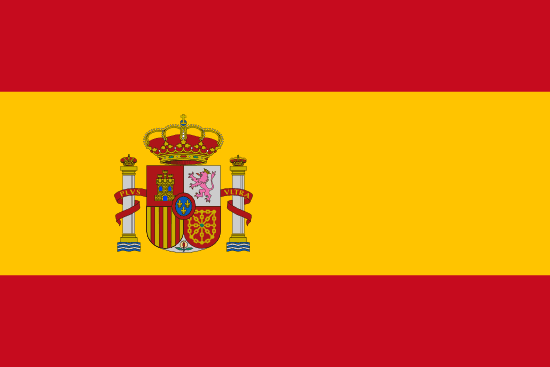"Ávila del Rey, de los leales, de los caballeros | Avila of the King, of the loyal ones, of the knights"
About:
Ávila, Spain, was founded in the Roman period, around the 5th century BC. It was conquered by the Moors in 714 AD, but was later recaptured by the Christian forces in 1088. The city is known for its intact medieval city walls, built in the 11th century. In the 16th century, it was the birthplace of St. Teresa, a key figure in Catholicism. Today, Ávila is a UNESCO World Heritage Site and a popular tourist destination, known for its history, architecture, and religious significance.
When to visit:
Avila, a historic town located in Spain, is a popular destination known for its well-preserved medieval walls and architecture. The best time to visit Avila on a holiday is during the spring or fall months when the weather is mild and pleasant for exploring the town on foot. These seasons also offer fewer crowds compared to the peak summer months, allowing visitors to enjoy a more peaceful experience. Additionally, attending the annual festivals and events in Avila during these times can provide a deeper cultural immersion into the local traditions and customs.
When to avoid:
Traveling to Avila, Spain during the peak holiday season of July and August can be challenging due to the high number of tourists crowding the city's attractions and accommodations. The scorching summer temperatures during this time can also make outdoor exploration uncomfortable, particularly for those not accustomed to the heat. Additionally, prices for accommodations and tours tend to be higher during these months, leading to increased travel expenses. For a more enjoyable and budget-friendly experience, it is recommended to visit Avila during the shoulder seasons of spring or fall when the weather is milder and the crowds are smaller.
Winter Season (Dec-Feb)
In Avila, Spain, the coldest part of the year is from late November to late February, with temperatures dipping to an average low of 1°C. Rainfall is moderate with January being the wettest month, receiving about 40mm of rain. The city experiences a reduced sunlight duration of around 5 hours per day. Cloud cover is generally high during these months, with partially cloudy or overcast skies. An average day for a visitor might involve chilly morning walks around the city's medieval walls, cozy afternoon café stops, and cool, quiet evenings.
Spring (March–May)
Spring (March–May)
Language:
In Avila, Spain, the most commonly spoken language is Spanish, as it is the official language of the country. However, English is also widely understood and spoken, especially in the tourism sector. Additionally, other languages such as French, German, and Portuguese may be spoken due to Avila's popularity as a tourist destination.




